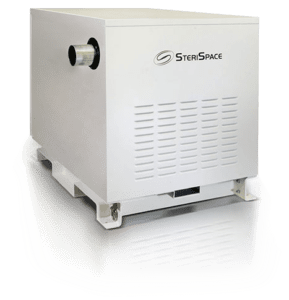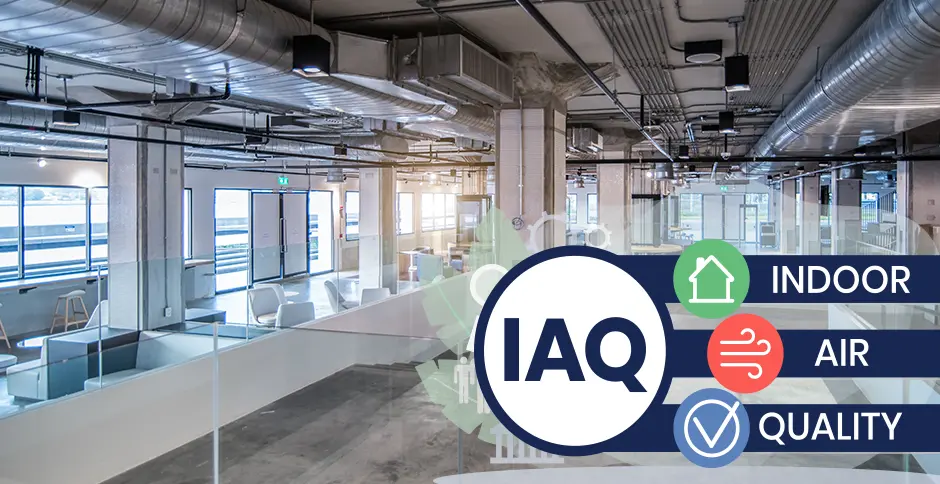The Omicron variant appears to be disappearing almost as quickly as it arrived. Being far more transmissible than previous variants, but with infections being less severe, many are wondering, have we finally seen the worst of COVID-19?
Last month, the World Health Organization (WHO) held an executive board meeting where Director-General Tedros Adhanom Ghebreyesus laid out the guidelines in which the “acute phase,” or the point at which COVID-19 is no longer an international emergency and moves to endemic status. According to Director-General Tedros, there is finally optimism that we can achieve endemic status as early as this year.
Similar to Director-General Tedros, there is a growing feeling that achieving endemic status is possible, but only if we remain diligent in our strategies to contain the virus.
“It is dangerous to assume that Omicron will be the last variant or that we’re in the endgame,” said Tedros. “On the contrary, globally the conditions are ideal for more variants to emerge. To change the course of the pandemic, we must change the conditions that are driving it.”
COVID-19’s unpredictability is why experts believe that the pandemic is far from over.
Masks, vaccines, social distancing, and upgrading air handling systems have not been enough to tame the virus. This is because none of these methods do an effective job of eliminating the virus from where it poses the greatest risk of spreading: the air.
As the pandemic marches on, society has implemented many strategies to promote better outcomes during an outbreak. However, these approaches, used in any combination, have done little to stifle the virus’ ability to spread and mutate.
Why is this? To this point, many strategies merely offer protection against the virus, without functioning to eliminate the virus itself. This means that with every exposure we roll the dice, allowing the virus an opportunity to surreptitiously find its way around our defenses.
In addition, many of these strategies are voluntary and not heavily enforced — and if we’ve learned anything from this health crisis, it’s that there is a delicate balance between what behaviors people are willing to change and what is necessary to suppress the virus.
To account for this, there needs to be a renewed focus on air purification with the ability to remove COVID-19 entirely from the equation.
SteriSpace Air Sterilization Technology is the only device on the market with the ability to stop airborne pathogens in their tracks. With SteriSpace, we can significantly reduce the number of harmful microbes floating around in the air, finally giving vaccines and masks the advantage.
SteriSpace is the only air sterilization technology on the market capable of eradicating SARS-like viruses with 99.9999% effectiveness. With the ability to seamlessly integrate with standard HVAC systems, HEPA filters, or be used as a standalone unit, SteriSpace can transform air quality across a wide range of settings.
How can better air quality help contain airborne disease? This is exactly what doctors were asking in the early 20th century when Tuberculosis outbreaks were common, and the Spanish flu had infected millions. Airborne disease containment is evident throughout the 19th and 20th centuries due to the prevailing “Miasma theory,” which asserts that disease is the direct result of bad air quality. We now understand that bad air quality is actually the result of the disease, as opposed to being the cause of it.
It seems obvious now, but back then this theory ended up affecting how airborne diseases were treated and contained. Proper ventilation became extremely important to healthcare and public infrastructure at the time. When observing older buildings, the most common features you’ll notice are tower-like structures to promote airflow, plenty of windows, and intricate ducting systems to exhaust contaminated air outside. What this tells us is that the idea of society investing in new methods of airborne disease containment is not new and might actually be necessary to slow the spread.
Thankfully, we’ve learned a great deal about handling airborne infectious disease in the last hundred years. Though it’s clear we still have a long way to go, new air handling technologies on the market can help us better prepare for future COVID-19 outbreaks and even future pandemics.

SteriSpace puts an end to this cycle of infection. With its patented compressive heating technology, SteriSpace eliminates airborne pathogens, such as bacteria, viruses, and hardly bacterial spores in an airstream, helping to create safer indoor environments.
Looking to invest in SteriSpace to protect your facility? Get in touch with one of our dedicated air sterilization specialists and schedule a meeting today!

Summary of the collaboration of SteriSpace and Schoellkopf to create the safest environment available to protect the elderly without losing quality of life. See how

Several indoor air solutions exist for commercial properties, but not all are equal. Read about air purification vs air sterilization here.